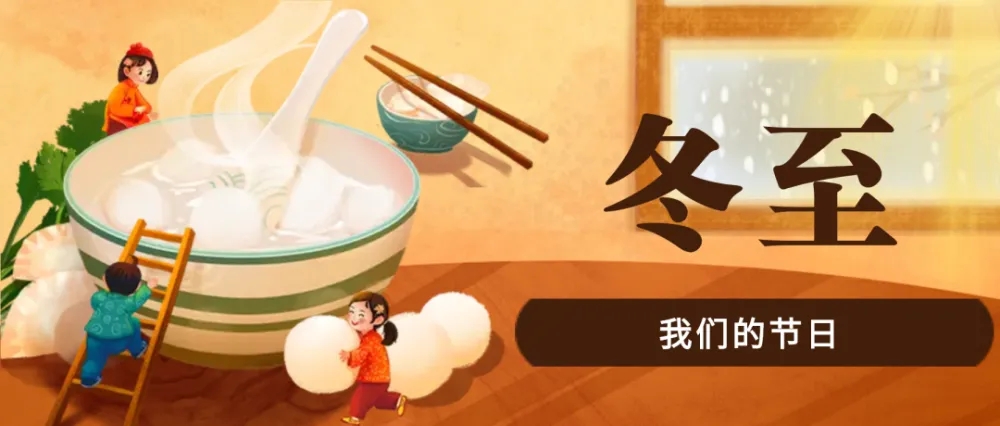Astronomical calendar
Direct sunlight on winter solstice
The winter solstice, as an important node of China’s 24 solar terms, is the day with the shortest day and the longest night in the area north of the Earth’s equator. The winter solstice is the culmination of the sun’s southward travel. On this day, the sun’s height in the northern hemisphere is the smallest. On the winter solstice, the sun shines directly on the Tropic of Cancer, and the sun is most tilted to the Northern Hemisphere. The winter solstice is the turning point of the sun’s southward travel. After this day, it will take a “turning back road”. The direct sunlight point starts to move northward from the Tropic of Cancer (23 ° 26 ′ S), and the days in the Northern Hemisphere (China is located in the Northern Hemisphere) will increase day by day. Since the earth is located near the perihelion around the winter solstice and runs at a slightly faster speed, the time that the sun directly shines on the southern hemisphere is about 8 days shorter than the time that it directly shines on the northern hemisphere in a year, so the winter in the northern hemisphere is slightly shorter than the summer.
Meteorological change
On the summer solstice, three gengs fell into ambush, and on the winter solstice, nine men were counted
After the winter solstice, although the solar altitude angle gradually rose, it was a slow recovery process. The heat lost every day was still more than the heat received, showing a situation of “living beyond our means”. In the “39, 49 days”, the heat accumulation is the least, the temperature is the lowest, and the weather is getting colder and colder. China has a vast territory, with great differences in climate and landscape. Although the days of the winter solstice are short, the temperature of the winter solstice is not the lowest; It will not be very cold before the winter solstice, because there is still “accumulated heat” on the surface, and the real winter is after the winter solstice. Due to the great difference of climate in China, this astronomical climate feature is obviously late for most regions of China.
After the winter solstice, the climate in all parts of China will enter a coldest stage, that is, people often say “entering the ninth” and “several cold days”. The so-called “counting nine” refers to counting from the winter solstice to the day of meeting women (it is also said that counting from the winter solstice), and counting every nine days as a “nine”, and so on; Counting until the “ninety-nine” eighty-one days, “nine peach blossoms bloom”, at this time, the cold has gone. Nine days is a unit, which is called “nine”. After nine “nine”, exactly 81 days, it is “nine” or “nine”. From “19″ to “99″, the cold winter becomes warm spring.
Phenological phenomenon
Some ancient Chinese literary works divide the winter solstice into three stages: “one stage is earthworm knot, the second stage is elk horn breaking, and the third stage is water spring moving.” It means that the earthworm in the soil is still curling up, and the elk feels the yin qi gradually receding and the horn breaking. After the winter solstice, the direct sunlight point returns to the north, and the solar round-trip movement enters a new cycle. Since then, the solar height rises and the day grows day by day, so the spring water in the mountain can flow and be warm at this time.
Post time: Dec-22-2022

